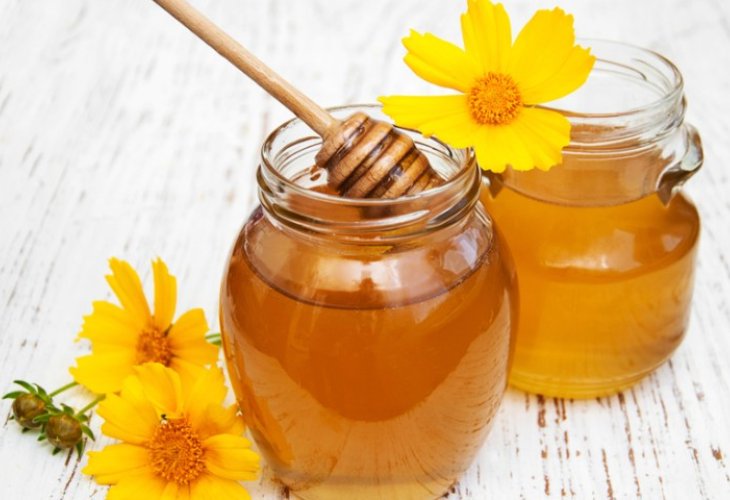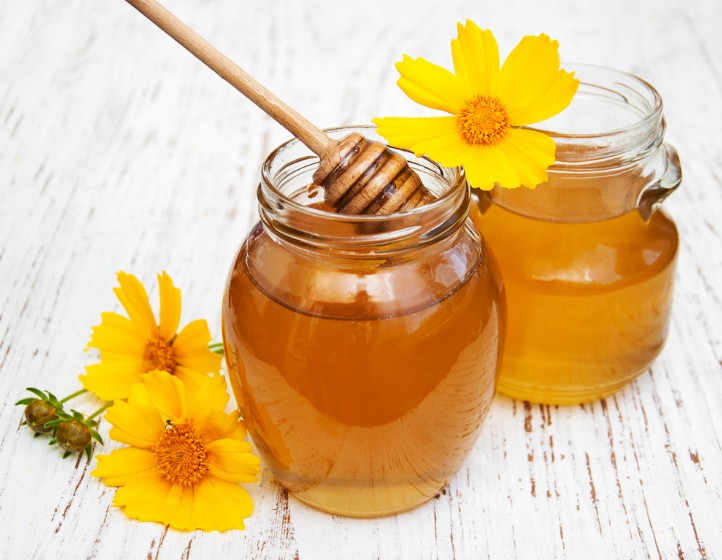Jewish Law
The Sweet Truth About Honey: Authenticity, Kashrut, and the Mystery of Beeswax in Jewish Law
How Jewish law, science, and tradition intertwine to reveal why honey remains one of nature’s purest and most spiritual foods

Natural bee honey has long been admired not only for its healing properties but also for its remarkable chemical qualities. One of its most fascinating traits is its ability to dissolve or break down nearly any substance placed within it.
In laboratories that test for counterfeit honey, this property is used as a diagnostic tool. Scientists mix honey with water, heat it, and add a starch solution. When iodine is poured in, genuine honey will not change color — a telltale sign of purity.
This unique dissolving quality was already mentioned by early Talmudic authorities, who ruled that if a forbidden substance accidentally fell into honey, it could be nullified because honey completely absorbs and transforms whatever enters it. However, that principle is purely theoretical; in practice, halachic rulings are far more complex.
The Growing Problem of Fake Honey
Authenticity has become a major concern. In recent years, Israeli police and food inspection units have uncovered entire warehouses masquerading as “honey factories.” Inside, investigators found jars of so-called “pure honey” that were nothing more than sugar water mixed with flavoring agents and thickeners — sometimes so synthetic that even the producers didn’t know exactly what they had created.
Therefore, the first guarantee of genuine honey is transparency: the jar must clearly list the producer’s name, address, and license number. If any of these details are missing — even with a kashrut seal, the product is likely fake.
Additionally, beware of labels that say “honey-flavored”. Legally, that allows the producer to make it from anything except bee honey.
How to Identify Real Honey
The color of honey is not a reliable indicator of authenticity.
Dark honey often comes from avocado or eucalyptus blossoms.
Light honey might be made from wildflowers or citrus trees.
Transparent honey may come from bees feeding on acacia nectar.
Each floral source gives honey a distinct flavor and color. However, the thicker and more viscous the honey, the more likely it is natural.
Sometimes honey is diluted with water or flavored with additives such as lemon or ginger. Even if the label shouts “100% Natural,” that does not necessarily mean “100% Honey.” The product may include “natural thickeners” and flavor enhancers that still require reliable kosher supervision.
Imported Honey and Kashrut Concerns
Because of a growing honey shortage, imported honey now plays a major role in the market. Many local producers mix imported honey with domestic supplies — a process that requires strict kashrut supervision.
Honey production involves mild heating, almost like a cooking process. As long as the bees’ legs are removed during processing and the honey is purified, it is kosher. But if the same steam systems or containers are also used for other non-kosher substances — or even for royal jelly, which many authorities forbid, then the status of the honey changes completely.

The Halachic Debate: Honeycomb and Beeswax
A fascinating question discussed by modern halachic authorities is whether it is permissible to market honey that contains a piece of honeycomb — that is, real beeswax with hexagonal cells.
Why is this controversial? Because while bee honey is explicitly permitted by the Torah, bees themselves are not kosher. Normally, anything that comes from a non-kosher creature is forbidden to eat. The Sages explained that honey is the exception as bees do not create it from their own bodies.
Bees have two stomachs — one for digestion and another as a storage chamber for the nectar they collect. The nectar is not chemically transformed inside the bee’s body; the bee merely separates water from sugar. Therefore, halachically, honey is not considered a product of the bee’s body.
Beeswax, however, is different. Scientists note that wax is formed from fats produced within the bee’s abdomen through a biochemical process — completely separate from honey production. Because it originates from the bee’s own body, some halachic opinions argue that beeswax should be forbidden, like any secretion from a non-kosher insect.
Another concern is that when wax sits immersed in honey for over 24 hours, it is considered “pickled as if cooked,” potentially making the honey itself forbidden.
Others disagree, saying beeswax actually comes from the nectar of flowers and merely passes through the bee for shaping and storage. In that case, both honey and wax share the same kosher status.
Contemporary Rulings: To Permit or Forbid?
Some kashrut organizations forbid the use of beeswax entirely, including using it to shine apples or candies. Most stricter certifications follow this view. However, many major halachic authorities permit beeswax for several reasons:
It is bitter and inedible on its own, and thus not classified as “food.”
It resembles royal jelly, which Rabbi Ovadia Yosef ruled permissible.
For bees themselves, wax is merely waste material, not nourishment.
Some authorities point to a special Torah verse explicitly permitting “honey,” which they interpret as including beeswax and related byproducts.
Indeed, the Shulchan Aruch rules that honey from various insects such as wasps and hornets (tzira’im and gizin) is also permissible — implying that all similar secretions, including wax, are allowed.
The Spiritual Symbolism of Honey
Beyond science and halacha, honey holds deep spiritual symbolism. Its sweetness represents Torah wisdom, divine kindness, and the fusion of opposites — life emerging from an “impure” creature to produce something pure and holy.
It reminds us that holiness can emerge from the most unlikely places — and that purity is not the absence of struggle, but the transformation of what seems impure into sweetness and light.
Honey is far more than a sweetener — it is a symbol of purity, transformation, and divine design. Whether debating its authenticity in the lab or its kashrut in the Beit Midrash, one truth remains: every drop of real honey carries both physical and spiritual nourishment, reminding us that even from within imperfection, holiness flows.

